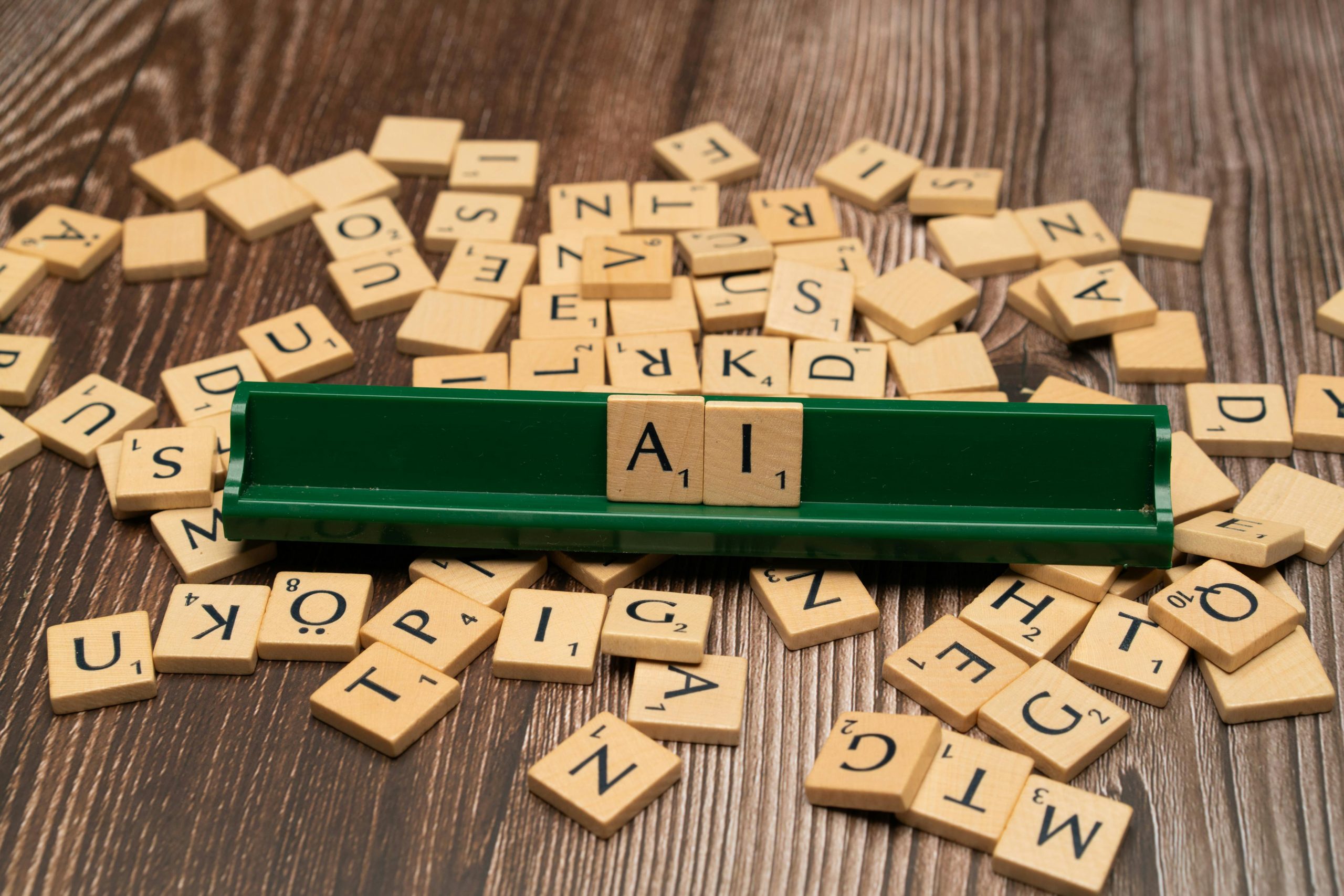The education landscape is undergoing a seismic shift, thanks to the rapid advancements in artificial intelligence (AI). Gone are the days of one-size-fits-all teaching methods. Today, AI is revolutionizing education by enabling personalized learning experiences and transforming traditional classrooms into smart, interactive environments. From adaptive learning platforms to intelligent tutoring systems, AI is empowering educators and students alike, making learning more engaging, efficient, and tailored to individual needs. This article explores how AI is reshaping education through personalized learning and smart classrooms, paving the way for a brighter, more inclusive future.
The Rise of Personalized Learning with AI
Personalized learning is at the heart of AI’s impact on education. Unlike traditional methods, which often fail to address the unique needs of each student, AI-driven platforms analyze vast amounts of data to create customized learning paths. These systems assess a student’s strengths, weaknesses, and learning pace, delivering content that matches their specific requirements.
For example, adaptive learning technologies use algorithms to adjust the difficulty of lessons in real time. If a student struggles with a particular concept, the system provides additional resources or simplifies the material. Conversely, if a student excels, it introduces more challenging content to keep them engaged. This dynamic approach ensures that no student is left behind or held back by the pace of the class.
Moreover, AI-powered tutoring systems, such as chatbots and virtual assistants, offer instant feedback and support. These tools are available 24/7, allowing students to learn at their convenience. By leveraging natural language processing (NLP), these systems can answer questions, explain complex topics, and even simulate human-like conversations, making learning more interactive and accessible.
Smart Classrooms: The Future of Education
Smart classrooms are another groundbreaking application of AI in education. These technologically enhanced learning spaces integrate AI, IoT (Internet of Things), and other cutting-edge tools to create immersive and efficient educational experiences. Here’s how AI is transforming traditional classrooms into smart ones:
- Automated Attendance and Administrative Tasks: AI can streamline administrative duties, such as taking attendance or grading assignments, freeing up teachers to focus on instruction.
- Interactive Learning Tools: Smartboards, AI-powered projectors, and VR (Virtual Reality) headsets make lessons more engaging and interactive, catering to diverse learning styles.
- Real-Time Analytics: AI systems monitor student performance and behavior, providing teachers with actionable insights to improve their teaching strategies.
For instance, facial recognition and emotion-detection technologies can gauge student engagement levels. If the system detects confusion or boredom, it can alert the teacher to adjust their approach or offer additional support. This real-time feedback loop enhances the overall learning experience and ensures that students remain actively involved.
Bridging the Gap: AI for Inclusive Education
One of the most promising aspects of AI in education is its potential to promote inclusivity. Students with disabilities or those from underserved communities often face significant barriers to quality education. AI can help bridge these gaps by providing tailored solutions.
For example, speech-to-text and text-to-speech technologies assist students with hearing or visual impairments. AI-driven translation tools break down language barriers, enabling non-native speakers to access educational content in their preferred language. Additionally, predictive analytics can identify at-risk students early, allowing educators to intervene before they fall behind.
Furthermore, AI can democratize education by making high-quality resources available to remote or underprivileged areas. Online platforms powered by AI can deliver personalized lessons to students anywhere in the world, reducing the disparities caused by geographic or socioeconomic factors.
Challenges and Ethical Considerations
While the benefits of AI in education are undeniable, its implementation is not without challenges. Privacy concerns, data security, and the digital divide are critical issues that need addressing. Schools and institutions must ensure that student data is protected and used ethically. Transparent policies and robust cybersecurity measures are essential to build trust and safeguard sensitive information.
Another challenge is the potential for bias in AI algorithms. If the data used to train these systems is skewed, it could perpetuate inequalities or reinforce stereotypes. Educators and developers must work together to create fair and unbiased AI tools that serve all students equitably.
Finally, there’s the question of teacher readiness. Not all educators are comfortable with AI technologies, and professional development programs are crucial to help them integrate these tools effectively into their teaching practices.
Conclusion
AI is undeniably transforming education, offering unprecedented opportunities for personalized learning and smart classrooms. By tailoring education to individual needs, enhancing engagement, and promoting inclusivity, AI is helping to create a more equitable and effective learning environment. However, as with any technological advancement, it’s essential to address the associated challenges thoughtfully. With careful implementation and a focus on ethical considerations, AI has the potential to revolutionize education, preparing students for a future where learning is truly personalized, accessible, and empowering.
